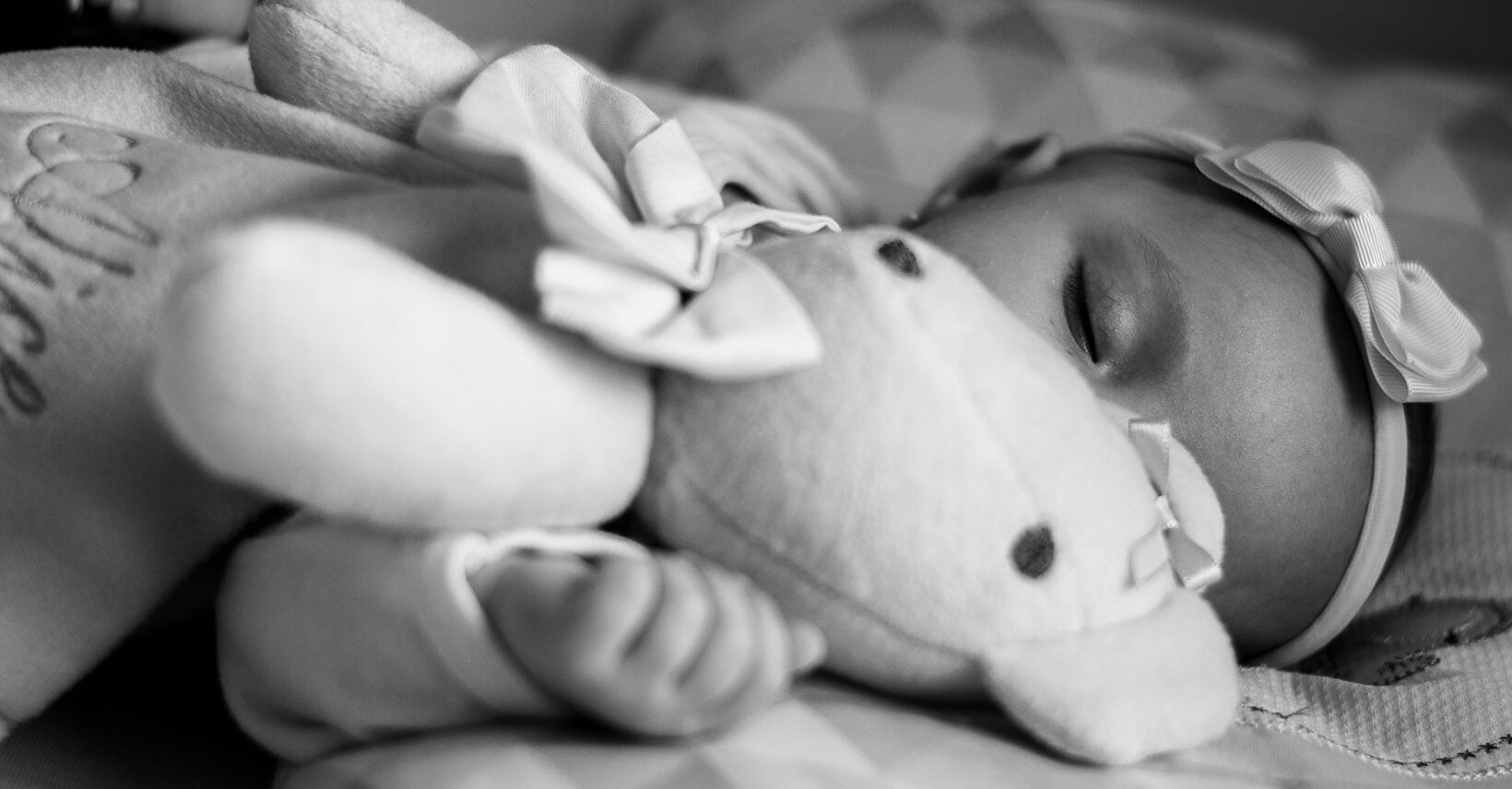


Sudden infant death syndrome (SIDS) is the sudden death of an infant under the age of one. It usually happens when the baby is asleep. The amazing and horrible thing is that the babies look healthy. And bout 90% of cases occur in infants under 6 months of age. According to the study, babies sleeping on their sides are at a higher risk of getting this terrible disease.
So what should you do if your baby rolls to side during sleep? Kaiya Baby offer you the following measures.
Monitor your baby's sleeping position: Before bed, after falling asleep, and when you wake up at night, you should regularly check your baby's sleeping position. If you find that your baby has rolled to the side, you can gently roll their back back to the supine position.
Use a sleeping sack: A sleeping sack can be used to limit your baby's rolling over. These sleeping sacks can wrap around your baby's body, making it difficult for them to flip to one side.

Adjust baby room temperature: Ensure that the baby's sleeping environment maintains an appropriate temperature, and do not let the baby turn over frequently due to overheating.
Strengthen neck and back muscles: When your baby has abdominal time during the day, they need to use the muscles in their neck and back to support themselves. This exercise helps build the strength and endurance of these muscles, making your baby more able to maintain head and body stability at night. Strengthening the neck and back muscles can also improve your baby's body control and reduce the likelihood of sudden rolling over during the night.
Consult a pediatrician: If the baby is rolling all the way to the side, you can consult a pediatrician for professional advice. Your doctor may recommend special sleeping positions or bedding for your baby to ensure their safety and comfort.
Although the risk of sleeping on your side is not very great, if a baby sleeps on its side all the time, it can have many negative effects on baby’s physical development and health.
In order to avoid the above negative effects, baby should take turns to take different sleeping positions during sleep, such as supine sleep and prone sleep, to maintain the balanced development of body.

Advantages:
Disadvantages:
1.The baby in the month is not easy to get a sense of security and sleep soundly.
2.Just after feeding the baby, baby can not immediately sleep on the back. They are easy to overflow milk. You should first let the baby lie on the right side for a while.
3. Sleeping on back for a long time may cause your baby to turn into a flat head. Do not let your baby sleep and play on your back all day long.
Reminder: Do not use pillows when sleeping on back, slightly cushion your babies’ neck and shoulders. If the baby has a laryngeal malacia problem, sleeping on the back will cause breathing difficulties due to partial collapse of the throat, snoring and breathing. Therefore, it is recommended that soft throat babies sleep on their side to improve the problem of airway obstruction.
However, once the baby is able to roll over on its own, that is, to move from a supine to another sleeping position, parents no longer have to force it to remain in the supine position. At this stage, babies have the ability to choose comfortable sleeping positions on their own, but still need to ensure that the bed is safe and the bedding is clean to reduce the risk of choking. Therefore, sleeping on back at all times is only the safest option for the early stages.

Sleeping on the side for babies of 3 months after birth is the best sleeping position. It not only can take into account baby’s head shape, but also easier to observe the baby's facial expression. If babies have just drunk milk, you can let them sleep on the right side, which is conducive to preventing milk discharge and helping their stomach empty. Take a side sleeping position, parents still need to often help the baby change the left and right sides, in order to let the baby sleep out of a beautiful shape head.
Advantages:
Disadvantages:

Sleeping on the stomach can promote the development of the baby's muscle tension, promote the development of the heart and lung, and actively help exercise the baby's lung function. Premature babies sleep better on their stomachs.
Advantages:
Disadvantages:
Reminder: It is not suitable for sleeping on the stomach when the baby is not yet a month old and there is no caregivers watching over them.
In fact, whether it is sleeping on the back, on the stomach or sleeping on the side, it is fine as long as it is suitable for the baby to sleep and have a positive effect on baby’s physical development. Accidents can happen at any time during baby’s sleep, so parents need to pay more attention. For baby under the age of 1, it is recommended that parents regularly help their babies change their sleeping position, so that babies can sleep safely and soundly.

Lily Hou
An expert in sleep sack design, is a valued contributor to Kaiya Baby's blog. With a strong background in baby sleep bags and maternal care, she is highly regarded for her professionalism. Lily prioritizes baby comfort and safety in her designs, using high-quality materials. Her insightful articles on sleep bags have been featured in reputable publications and have gained a significant readership. Trust Lily to help you create a comfortable and safe sleep environment for your baby, backed by her proven track record in the industry.
Leave a comment
This site is protected by hCaptcha and the hCaptcha Privacy Policy and Terms of Service apply.